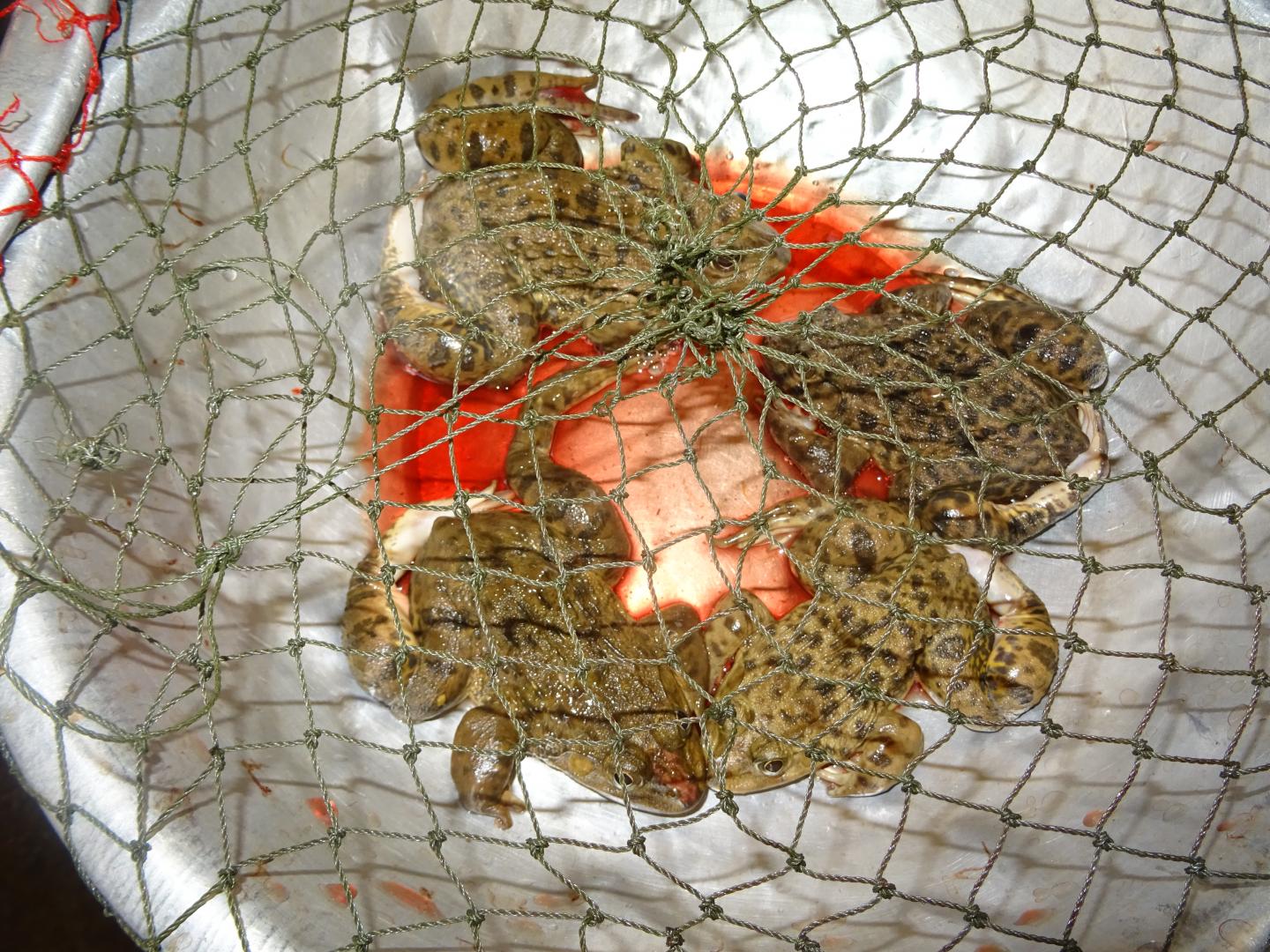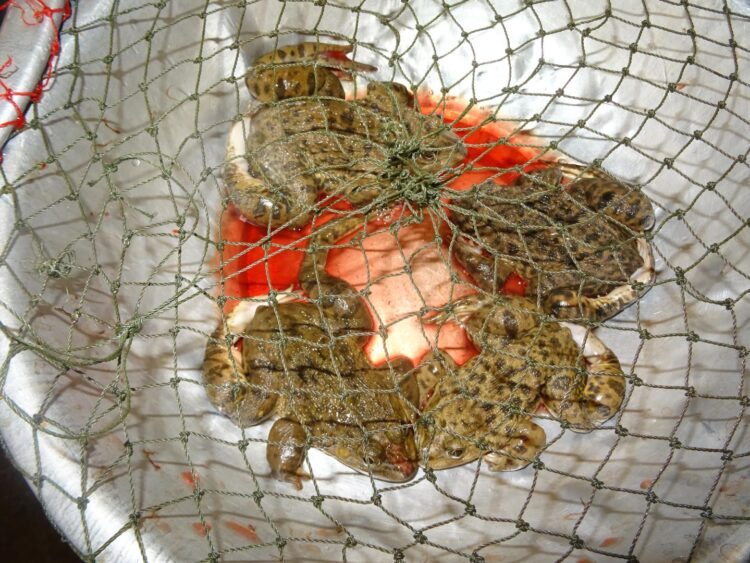
Credit: Dr Thomas Ziegler
It’s not a surprise to anyone that numerous vertebrate species are being sold at different wildlife markets, but at the moment there is still no comprehensive understanding of how much people are involved in those actions in Laos (Lao PDR), nor what the impact on local wildlife populations really is.
The majority of Laotians live in rural areas and their income largely depends on wildlife. Since wildlife products are used as one of the major food sources, numerous species of terrestrial vertebrates are currently being offered at local markets.
Across the tropical regions, mammals and birds have been vanishing, with recent models estimating up to 83% decline by 2050. Furthermore, wild-caught reptiles have been reported from Southeast Asian wildlife markets for over 20 years, with Laos occupying the position of a very popular source.
Due to the large number of native endemic species, Lao PDR should assume the responsibility to introduce conservation measures to keep control over the predicted population declines. At the moment, the regulations on wildlife use and trade in Laos are mostly based on the Lao Wildlife and Aquatic Law, which, however, largely disregards international statuses of the species and other biological factors.
Stricter and reinforced legislation is needed in the fields related to wildlife trade and consumption, since such practices are not only causing biodiversity loss, but also suggested to pose a great threat of wildlife-associated emergence of zoonotic parasites and pathogens to humans. As an immediate example, the outbreak of the Coronavirus (COVID-19) is primarily considered to be a consequence of human consumption of wild animals.
An international group of students and scientists, led by Professor Dr. Thomas Ziegler at the University of Cologne and the Cologne Zoo (Germany), has conducted a number of extensive surveys on wildlife markets (66 observational surveys at 15 trade hubs) and households (63 households at 14 sites) in the Khammouane Province of Laos. The key question of the survey was: “Which species are traded and to what extent?” The results of the study are published in the open-access journal Nature Conservation.
The surveys showed overlaps between the most traded species at wildlife markets and those of highest conservation importance.
As for the households, approximately 90% of the surveyed respondents confirmed the use of wildlife. For the majority of the population, wildlife harvesting was found to be important for their livelihood and trapping activities were mostly aimed at self-consumption / subsistence. The reason for this could be explained by the prices of domesticated meat, which can be three times as higher as those of wildlife products.
The demand for the species on the wildlife market remained the same over time, according to the opinions of 84,1% of respondents, while the availability of wild meats was reported to have decreased, due to increasing price.
“We recommend local authorities to assess the markets within the province capital Thakhek in particular, as they showed the highest quantity of wild meats. The markets at Namdik and Ban Kok turned out to be very active trade hubs for wildlife as well, regardless of the vertebrate group. The loss of certain species may cause a cascade of unforeseeable effects in the ecosystems. Therefore, the biodiversity of tropical Southeast Asian countries like Lao PDR must be protected.”, shares Dr. Thomas Ziegler.
To help the local population to avoid the crisis related to the change of activity and growing unemployment, scientists propose to introduce new activities in the region.
“Eco-tourism presents a great opportunity to combine conservation efforts and an alternative source of income. Former hunters with excellent knowledge of the forest and wildlife habitats can serve as professional wildlife tour guides or their involvement in the Village Forest Protection Group could help to protect natural resources in Laos”, suggests Dr. Thomas Ziegler.
###
Original source:
Kasper K, Schweikhard J, Lehmann M, Ebert CL, Erbe P, Wayakone S, Nguyen TQ, Le MD, Ziegler T (2020) The extent of the illegal trade with terrestrial vertebrates in markets and households in Khammouane Province, Lao PDR. Nature Conservation 41: 25-45. https:/
Media Contact
Dr. Thomas Ziegler
[email protected]
Related Journal Article
http://dx.





